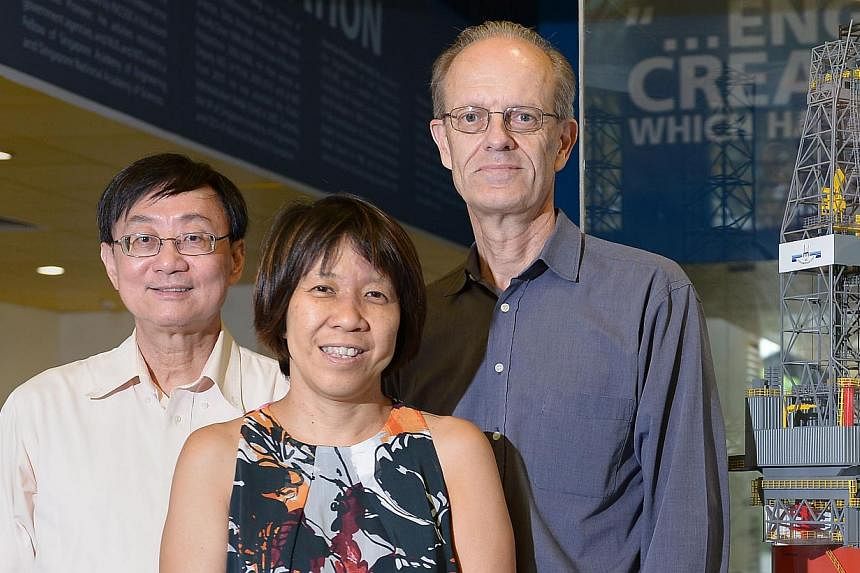SINGAPORE has joined hands with 13 other cities known for their busy harbours, such as New York and Shanghai, to better protect the marine environment.
Two institutions from Singapore are taking part in the World Harbour Project, launched earlier last month to promote sustainable ways to develop ports and harbours.
Urbanisation usually heralds the loss of biodiversity, but researchers from cities involved in the project hope to change this through the use of green engineering techniques.
These techniques would enable urban development and conservation to co-exist, said Dr Serena Teo of the National University of Singapore's Tropical Marine Science Institute (TMSI), one of the Singapore participants.
"People often assume that conservation is something done only in nature areas, but in highly urbanised Singapore, the port itself should be made liveable for our native marine species," said Dr Teo.
Green engineering techniques could include using design or materials to promote biodiversity or coral colonisation when building seawalls. Or devising structures to manage sediment impacts during dredging and building works.
Such techniques are a focus of researchers in the World Harbour Project, which was launched on Nov 17 in Sydney by the Sydney Institute of Marine Science.
The other institution from Singapore is Nanyang Technological University's Singapore Centre on Environmental Life Sciences Engineering. Its director, Professor Staffan Kjelleberg, said: "Resilient marine communities are useful for the harbour as they can clean the water, protect against invasive species and... provide structure and a buffer against adverse events."
Without a thriving marine ecosystem, said the centre's deputy research director of environmental engineering Sanjay Swarup, "dead waters" could cause odours and become rife with excessive micro-algal growth and infectious agents.
These could cause illnesses for people working or living near them.
The World Harbour Project links up scientists, institutions and agencies so that they can tap one another's expertise and compare data.
Said Dr Teo: "Our knowledge of science becomes more robust when we can study and compare biological processes in different species and environments across a range of geographic locations."
The funding will come from individual countries, although the multinational nature of the project could be "considered more favourably" by international grant agencies as the larger data set may lead to the discovery of more solutions, said TMSI director Wong Sek Man.
And while the Republic may be the world's busiest transhipment hub, Dr Teo pointed out that Singapore's waters had a considerable variety of living organisms.
"We haven't lost all our biodiversity yet, but since we now know that they are there, we can help them stay with us much longer," she said.


